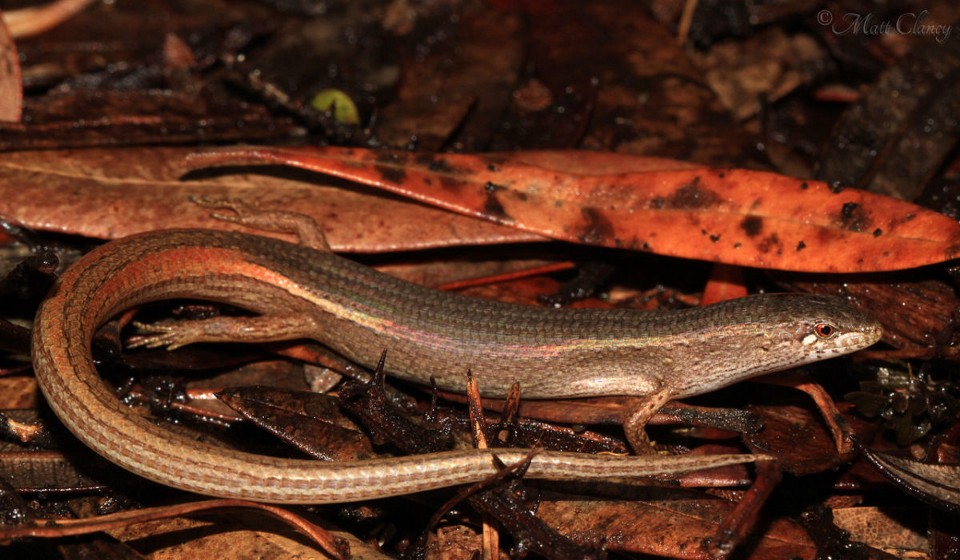Despite years of repeated bombing, fires, and other disturbances, military training areas can maintain biodiversity and help in the conservation of threatened species, according to a new study.
By Shreya Dasgupta
The superb fairy-wren was more common outside the impact area than within. (Photo: Benjamin/Wikimedia Commons)
Bombs and biodiversity can go hand in hand, a new study has found.
Military training areas — used for the training of armed forces — can maintain biodiversity and even support species threatened with extinction, despite years of repeated bombing, fires, and other disturbances, scientists report in a new study published in the journal Biological Conservation. But the effect of the disturbances varies across species, the researchers found.
Military training areas are usually large expanse of lands, typically restricted to the public. These lands are generally free from rural or urban development, cultivation, mining, or other resource extraction activities. Such lands are also repeatedly disturbed by bombs, fires, heavy vehicle tracking, and chemical contamination due to weapons testing and training.
Scientists have previously suggested that military training areas create habitats both for species that prefer undisturbed lands and those that need disturbed areas. But studies that quantify the impacts of such areas on different groups of animals have been few, says David B Lindenmayer, a professor at the Australian National University.
At the invitation of Australia’s Department of Defense, Lindenmayer and his colleagues undertook such a study at the Beecroft Weapons Range, a military training area located about 135 kilometers (about 84 miles) south of Sydney in New South Wales.
Beecroft Weapons Range has been used for weapons training since the 1800s, the authors write in the paper. Within the range lies a 2,000-hectare “impact area” that is used to test several kinds of weapons, including ship-based naval gun fire, air to ground missiles, and small weapons like rifles and grenades, as well as for demolitions training. The impact area has also been subject to repeated fires over the past 38 years that were either triggered by bombing or lit intentionally.

The Weasel Skink was more common in recently burned locations within the Beecroft Weapons Range. (Photo: Matt Clancy/Wikimedia Commons)
To assess the effects of the impact area on biodiversity, Lindenmayer and his team looked at the occurrence of species of birds, mammals, and reptiles in 24 sites within the impact area, and compared it with their occurrence within 16 sites outside the testing area.
The team found that, overall, the number of bird species was markedly lower within the impact area than outside it. The number of species of mammals and reptiles, however, was similar within and outside the impact area.
This difference could be because birds are more mobile, Lindenmayer says. “They can move out of these areas whenever there is a major impact taking place.”
But, individually, species showed varying responses to disturbances within the impact area, the researchers found. For example, some native birds, such as the eastern yellow robin, superb fairy-wren, and the fan-tailed cuckoo, were more common outside the impact area, while birds like the welcome swallow, southern emu-wren, and tawny-crowned honeyeater were more abundant within the impact areas. But no mammal or reptile species showed any marked difference in abundance between impact and non-impact areas.
Within the impact area, too, some species showed preference for certain sites over others. Mammals like the black rat, bush rat, and brown antechinus, for example, were more frequently captured in locations that had been left unburnt for long durations, while the house mouse was most often captured in frequently burned sites. Similarly, reptiles like the delicate skink and the weasel skink were more common in recently burned locations.
The impact area also seems to support populations of threatened species, the study found. The abundance of two birds, for example—the endangered eastern bristlebird (Dasyornis brachypterus) and the ground parrot (Pezoporus wallicus), listed as vulnerable in New South Wales—was similar within the impact and non-impact areas.
“Hence, Beecroft Weapons Range maintains considerable biodiversity value despite prolonged military training in the area,” the authors write in the study. “Moreover … areas managed by defense forces have the potential to make a substantial contribution to conservation outside the formal protected area network.”
In fact, some of the most important and rare wildlife habitats in Australia occur within military training areas, Lindenmayer says. “Military training areas can have significant conservation values — the fact that they can’t be cleared and developed for urban settlements is critical.”
But training areas like Beecroft Weapons Range can make a significant contribution to conservation only if they are managed appropriately, Lindenmayer says.
This story originally appeared at the website of global conservation news service Mongabay.com. Get updates on their stories delivered to your inbox, or follow @Mongabay on Facebook, Instagram, or Twitter.




